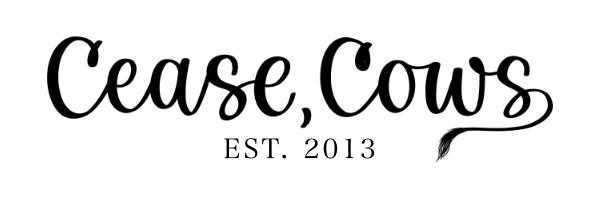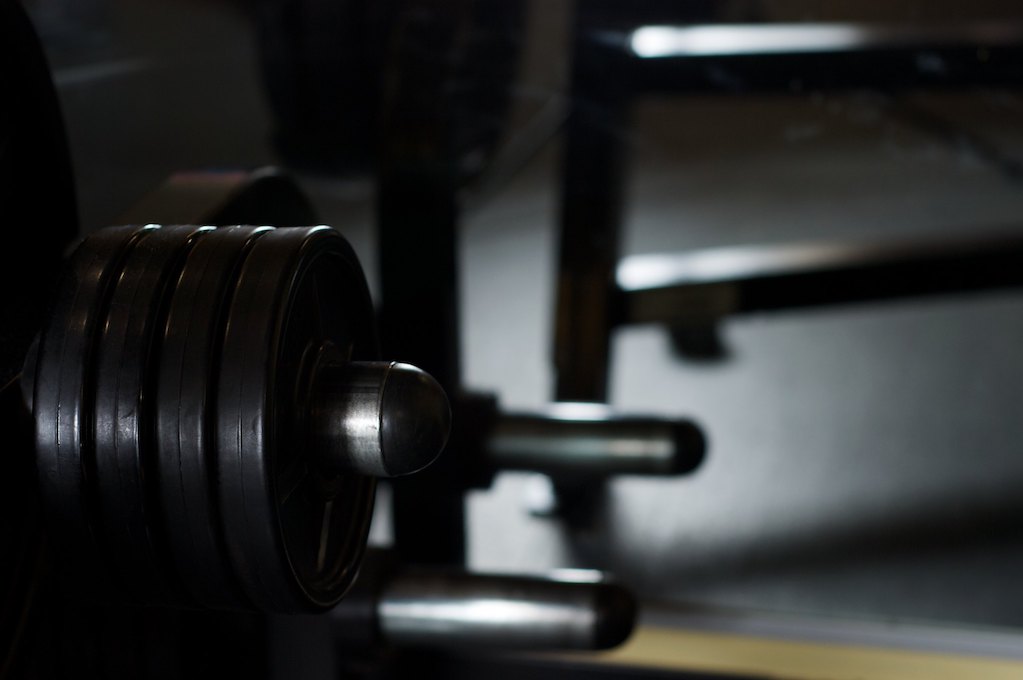It started with the smell. Patrons at gyms across the southeastern U.S. noticed a whiff of sewage, which ripened into the sickly sweet stench of a two days’ dead possum on hot asphalt. Gym management placed spray bottles of Febreze in locker rooms. They taped up stern warnings next to elliptical machines: SANITIZE EQUIPMENT AFTER USE. Despite their best efforts, the smell of decay persisted.
The first ghost—a gaunt-faced boy in a tattered Confederate uniform—was sighted at Around the Clock Fitness in Fort Myers. Soon they began popping up in every gym in every major town across Florida, the Carolinas, Georgia, Tennessee, Alabama, Mississippi, and Louisiana. A Buzzfeed intern, who had tracked the spread of the mysterious gym odor, broke the story of the Confederate soldier ghosts one April morning. The acrid scent, she deduced, was the smell of rotting human flesh and open festering sores. Febreze was no match.
Why now? And why here, at the gyms? journalists and pundits and congressmen wondered. Even the muscle-necked weightlifters wondered. (After all, they were the ones whose pecs would begin to deflate without the proper ratio of protein powder to reps.) Strangely, Civil War monuments, cemeteries, and battlefields were quiet as ever: all freshly cut lawns and cold stone.
Meanwhile, the Confederate Soldier Ghosts subreddit hummed with speculation. Some blamed climate change, saying that rising sea levels had led to a supernatural disturbance. A social scientist used GIS to overlay maps of reported hate crimes with maps of the ghost sightings. Correlation was high in some places, but causation was unclear. Still, others insisted this was all an elaborate prank sponsored by The Onion. With no consensus, dread rose in the collective conscious like a cold, clamping hand.
The soldiers kept coming. Steadily, silently–none of them spoke–like moths drawn to a fluorescent flame, they set up their camps in Planet Fitnesses and Anytime Fitnesses and Gold’s Gyms.
In the early days, back when it seemed like a strong stick of incense might just do the trick, employees used brooms to shoo away Confederates who gathered near the treadmills and gaped, slack-jawed, at the women in spandex running shorts. It was impossible to forcibly remove them. They looked solid, but their bodies were as ethereal as puffs of smoke. Eventually, not even the weightlifters could bear the stench and dead-eyed stares. They decided to take up trail running and installed TRX suspension straps in their living rooms.
Still, the ghosts kept coming.
They turned stretching mats into sleeping pads and kettlebells into hat stands. Ignoring the “No Firearms” signs, they leaned their muskets against weight racks, shined their bayonets with paper towels and sanitizer. They shat on the shower floors. Blood oozed from their severed stumps onto stair steppers and tanning beds. Gym employees who continued to show up for work were given hazmat suits.
And then, just when the fitness industry looked to be on the brink of collapse, gym parking lots began filling with RVs, tourist buses, and tailgating tents. Memberships started selling like concert tickets. Civil War reenactment troupes, homeschool groups, location scouts for paranormal TV shows, and history buffs lined up to gawk at the sad, old ghouls, who gawked right back at them. Most gyms prohibited photos, but some still surfaced on the web. A short clip of a dead soldier walking zombie-like on a treadmill became a viral meme. Outside, white nationalists buzzed like hungry flies, sporting backpacks and clipboards, taking selfies, recruiting new members. Vendors hocked rebel flags, southern cross belt buckles, and bumper stickers. Self-appointed soapbox preachers yelled into loudspeakers about the fiery pits of hell.
Then the activists and protesters began busing in. They wore black t-shirts and chanted “Destroy Hate.” Their organizers spoke about the dangers of romanticizing a violent past still present, of terror and slavery. Counter protestors yelled “protect our heritage;” their concealed guns throbbing beneath pant legs. And the stench, the ever-present stench, hung in the air like a heavy dream.
Three months after the first Confederate soldier appeared, record heat waves swept across the South. The ghosts thrived and multiplied: an unstoppable virus. Inside the air-conditioned gyms, they lazed about, shitting and bleeding. Impassive, unperturbed.
Controlled Burning. That was the solution FEMA proposed, in conjunction with the CDC and the Army National Guard. They scheduled the first burning for July 29 at Anytime Fitness in Vicksburg, Mississippi. The area was cordoned off, the building set ablaze at two a.m. A crowd gathered at the perimeter, holding damp washcloths over their mouths. Finally, only the gym’s burnt, hulking skeleton remained. Firefighters sprayed the area with water. They poked through the ashes. The ghosts were gone.
But even long after the burned gyms were razed and converted into luxury condos and food halls, a putrid smell would surface in the least expected of places. A Whole Foods in Atlanta, a Lululemon in Huntsville, a whiskey bar in Chapel Hill. Was there a sewage break? Old fish? Or was The South rising again?
–
Lauren Rhoades is the director of the Eudora Welty House & Garden in Jackson, Mississippi, and an MFA candidate at the Mississippi University for Women. She is working on a collection of essays about Judaism and the South.
Lead image: “Weight Rack” (via Flickr user Colin Davis)

